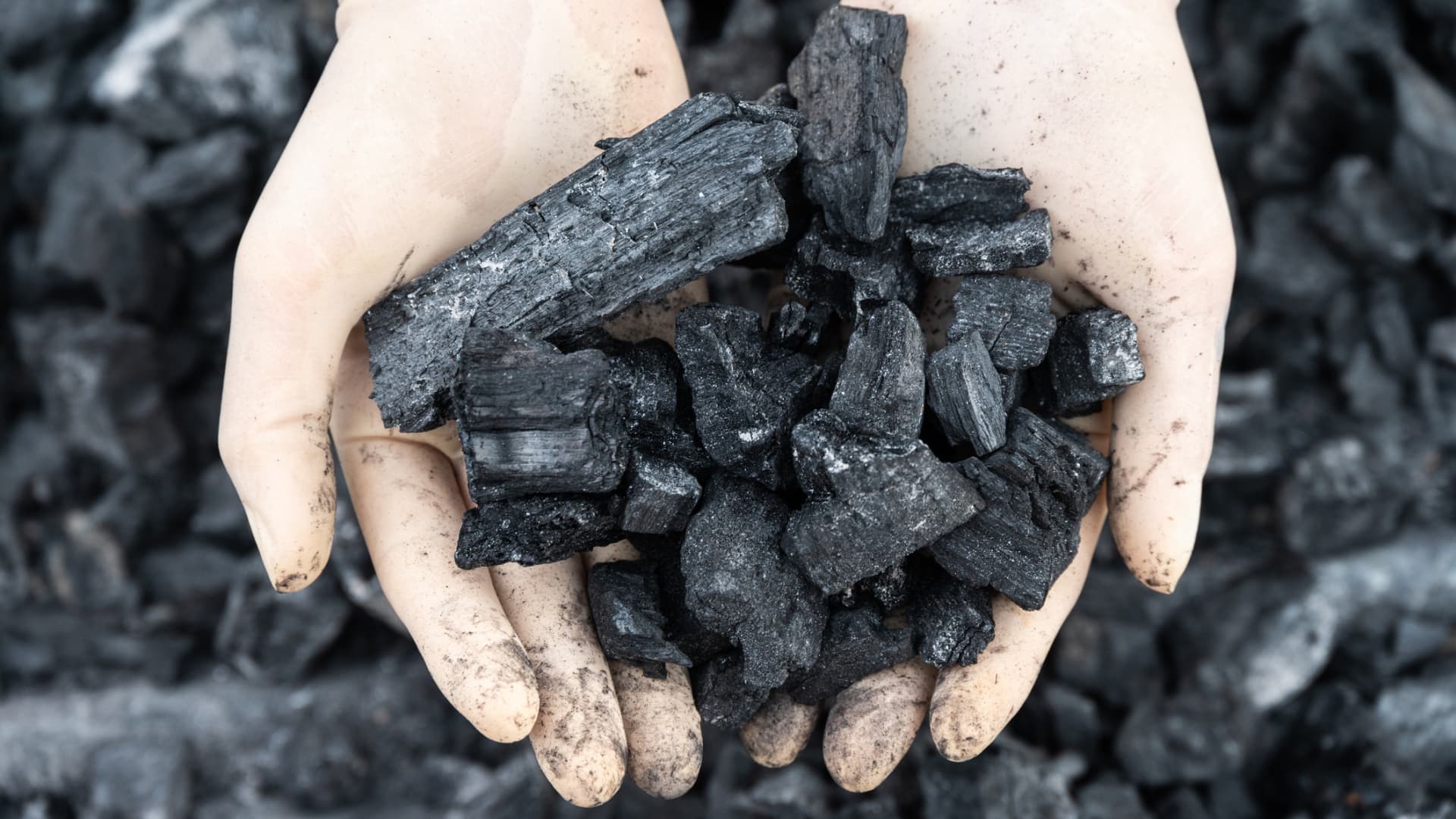Rare earth discoveries mean coal mines could have a key role to play in the energy transition

Coal plays a huge role in global electricity generation, but has a significant impact on the environment.
Boy_anupong | Moment | Getty Images
From Pennsylvania to the north of England, coal mines helped to power the Industrial Revolution, turbocharging the economic growth of countries around the world.
Today, however, the production and use of coal has become a thorny issue, with critics slamming the fossil fuel’s huge impact on the environment.
Organizations like Greenpeace describe coal as “the dirtiest, most polluting way of producing energy.” From the UN Secretary General to the International Energy Agency, talk of phasing out coal is becoming increasingly common.
But the global picture is a complex one. A multitude of factors are in play, not least the desire of some countries, especially those in emerging markets, to use coal as a tool for their own economic development.
As the debate surrounding coal continues, discussions about using it — and the infrastructure linked to it — in the shift to a more sustainable future have become one of the more paradoxical aspects of the energy transition.
In May, U.S. firm Ramaco Resources offered some insight into how coal may have a role to play in the years ahead.
Together with researchers from mining consultancy Weir International and the U.S. Department of Energy’s National Energy Technology Laboratory, it published an independent report containing a technical assessment of rare earth elements, or REE, found at one of its mines in Wyoming.
The findings appear to be significant. “Following eighteen months of extensive core drilling and independent chemical analysis, NETL researchers and Ramaco now believe that the Brook Mine property contains perhaps the largest unconventional deposit of REEs discovered in the United States,” Ramaco said.
Speaking to CNBC’s Kelly Evans on “The Exchange” earlier this month, Ramaco CEO Randall Atkins explained why his firm had bought the site in the first place, and how its plans had changed over time.
“It was a rather large reserve, extremely reasonably priced, and we thought we might make a go of it just as a thermal coal proposition but you know, the world changed rather quickly about 10 years ago,” he said.
“And the idea of deploying capital towards a thermal mine became very unattractive. So our approach was, basically, ‘what else can we do with this stuff?'”
This led the company to “a 10 year odyssey of discovering a variety of other alternative uses of coal.”
With China dominating the supply and refining of rare earths, discoveries like the one in Wyoming could be strategically pivotal as the race to roll out the technologies of tomorrow heats up.
“The majority of REE deposits outside of China are associated with ‘conventional’ mines and found in igneous hard rock deposits, which makes them both difficult and expensive to mine and process,” Ramaco said.
“In contrast, the REEs from the Brook Mine are characterized as “unconventional” because they are largely found in clay strata located above and below the coal seams themselves,” it added.
“It is expected they can be mined using normal surface mining techniques and processed in a more economic and environmental manner than conventional REE mines.”
A glimmer of hope?
Wyoming is not the only part of the U.S. where coal and rare earth extraction are being looked at. In April, for instance, West Virginia University said its researchers would receive an $8 million grant from the U.S. Department of Energy.
The funding would allow them to carry on with the development and advancement of a “pioneering method to extract and separate rare earth elements and critical minerals from acid mine drainage and coal waste,” it added.
Elsewhere, researchers at Penn State have also been focusing on ways to source rare earths and critical minerals via waste from coal mines.
Across the Atlantic, efforts to repurpose old coal mines so that they can be used for many more years to come have also been taking shape.
In Scotland, researchers have been looking at how the water that’s flooded old, disused mines can be used to provide decarbonized heating to buildings.
Away from coal, other sources of energy also hold potential when it comes to producing by-products crucial to sustainable technologies like EV batteries.
In the southwest of England, Geothermal Engineering Limited recently said lithium would be produced as a by-product of its projects focused on geothermal power generation.
According to the firm, it will be enough lithium to supply roughly 250,000 electric car batteries per year.
“GEL’s primary geothermal business of providing baseload geothermal electricity and heat produces a naturally hot geothermal brine from which lithium can be sustainably extracted onshore in the UK as a by-product,” it said.
Despite promising developments like the ones above, the fact remains that coal continues to play a huge role in electricity generation, accounting for a little over one third globally, according to the IEA.
Nevertheless, finds like the one in Wyoming represent a faint glimmer of hope.
Asked by CNBC if there was the potential for more discoveries of a similar ilk, Ramaco CEO Randall Atkins appeared cautiously optimistic. “I think it’s probably logical to conclude that there would be,” he said.
Source – CNBC




